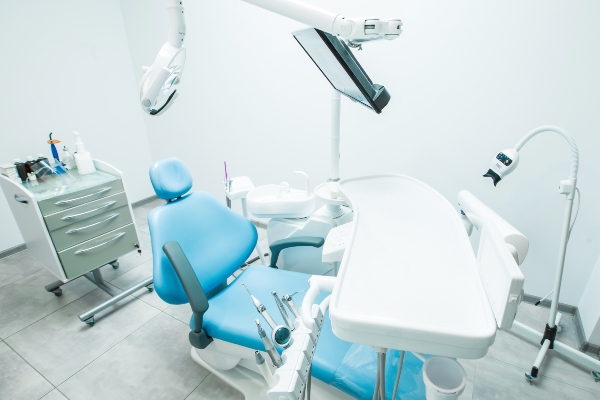 Implant dentistry is a great way to replace one or multiple teeth long-term. An often overlooked benefit of implant dentistry is the ability to prevent bone loss in the jaw. This review discusses how implant dentistry can help you keep your jawbone healthy and prevent bone atrophy.
Implant dentistry is a great way to replace one or multiple teeth long-term. An often overlooked benefit of implant dentistry is the ability to prevent bone loss in the jaw. This review discusses how implant dentistry can help you keep your jawbone healthy and prevent bone atrophy.
Implant dentistry: How it can protect your jawbone and periodontal health
Alternative solutions to implant dentistry do not provide the ability to preserve the density of the jawbone, whereas the jawbone should remain healthy with dental implants as long as the patient properly cares for their new smile.
Implant dentistry can help preserve jawbone density
Implant dentistry involves the use of small surgical posts known as dental implants that are fixed into the jawbone to hold and support replacement teeth. One unique benefit of choosing implant dentistry over alternative teeth replacement methods is the ability to preserve the health and strength of the jawbone.
Why bone loss can occur after the loss of teeth
Bone loss can occur after the loss of teeth as a result of atrophy. One of the primary purposes of the jawbone is to support teeth. If the jawbone loses this purpose due to the loss of teeth, then atrophy can occur, leading to a deterioration of the bone inside of the jaw.
The correlation between jawbone health and periodontal disease
One of the main causes of bone loss in the jaw is periodontal disease, which is also known as gum disease. Periodontal disease occurs when bacteria causes constant attacks on the supporting structures of teeth, namely the gums and jawbone. A mild case of periodontal disease (gingivitis) may not lead to bone loss right away, but it can progress into a more serious type of periodontal disease (periodontitis), which can attack the gum and bone tissue and lead to concerns such as bone loss in the jaw, gum recession, and deep gum pockets.
What a dentist can do to treat bone loss before placing dental implants
There has to be enough healthy bone inside of the jaw to support the implants before the implants placement procedure is scheduled. If bone loss has occurred, then a dentist may recommend a bone graft procedure, which consists of taking bone tissue and grafting it to the area where bone loss has occurred.
How to care for your dental implant restorations and jawbone
After the completion of the implant dentistry process, the patient can protect their smile and help prevent loss of jawbone by practicing good oral hygiene, consuming a low-sugar diet, and visiting the dentist regularly for a check-up visit and dental cleaning to minimize the risk of periodontal disease.
Consult with our dental team about implant dentistry
Here at our dental practice, we assist patients throughout the implant dentistry process, from helping them put together their treatment plan to providing aftercare once their implant restorations are complete. To learn more about implant dentistry and to start the treatment process, contact us today.
Request an appointment or call GK Dental PC at 617-826-6075 for an appointment in our Everett office.
Recent Posts
The tooth replacement process and timeline may vary for each patient based upon the specific steps that are needed to complete the restoration. The best way to determine the timeline for treatment is to visit an implant dentist. However, there is a tentative estimation for how long each step might take, which is discussed in…
Dental implants are often referred to by implant dentists as artificial tooth roots. This is because they work in a similar fashion as natural tooth roots. Dental implants hold replacement teeth (i.e. dental crowns) in a stable and strong position.By learning more about dental implants, you can determine if implant dentistry is right for you…
Implant dentistry makes everyday activities easier. After tooth loss occurs, certain activities can become more of a challenge, and it can affect the person’s appearance and level of confidence. The good news is that many restore their confidence level and improve their ability to eat, speak, and care for their smile each day with implant…


